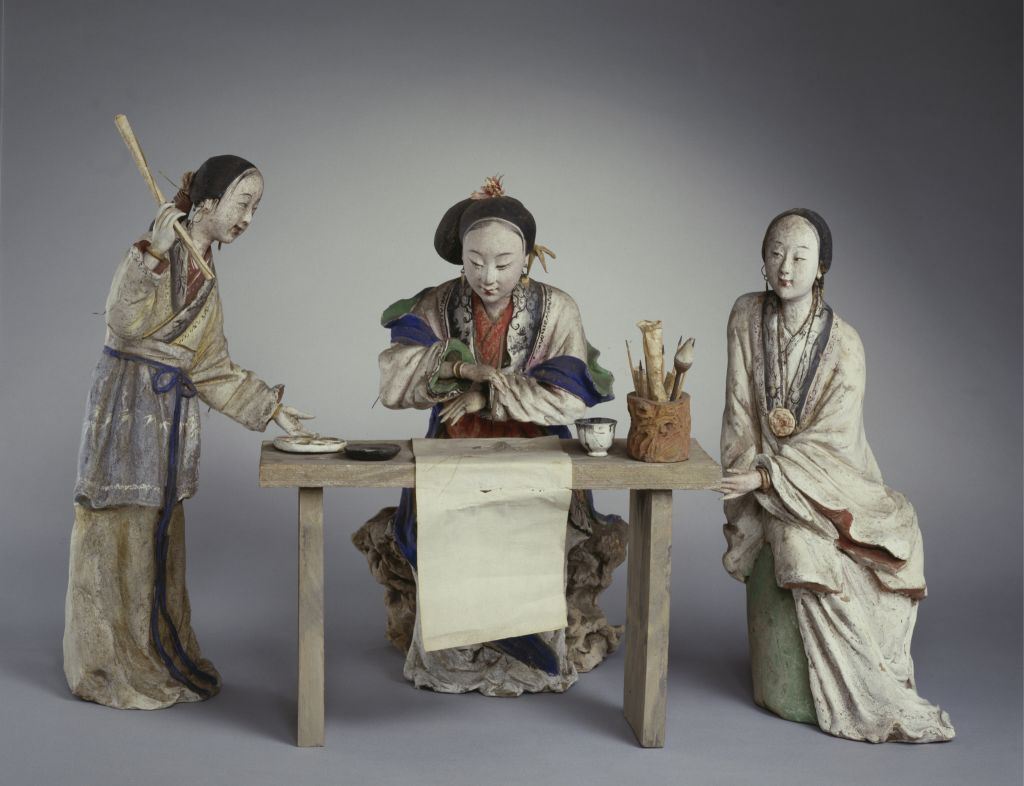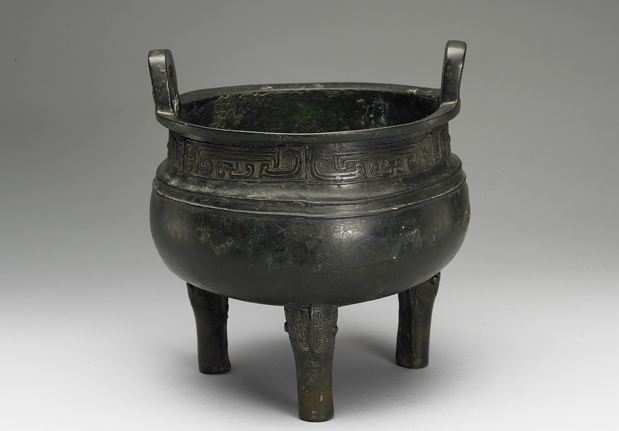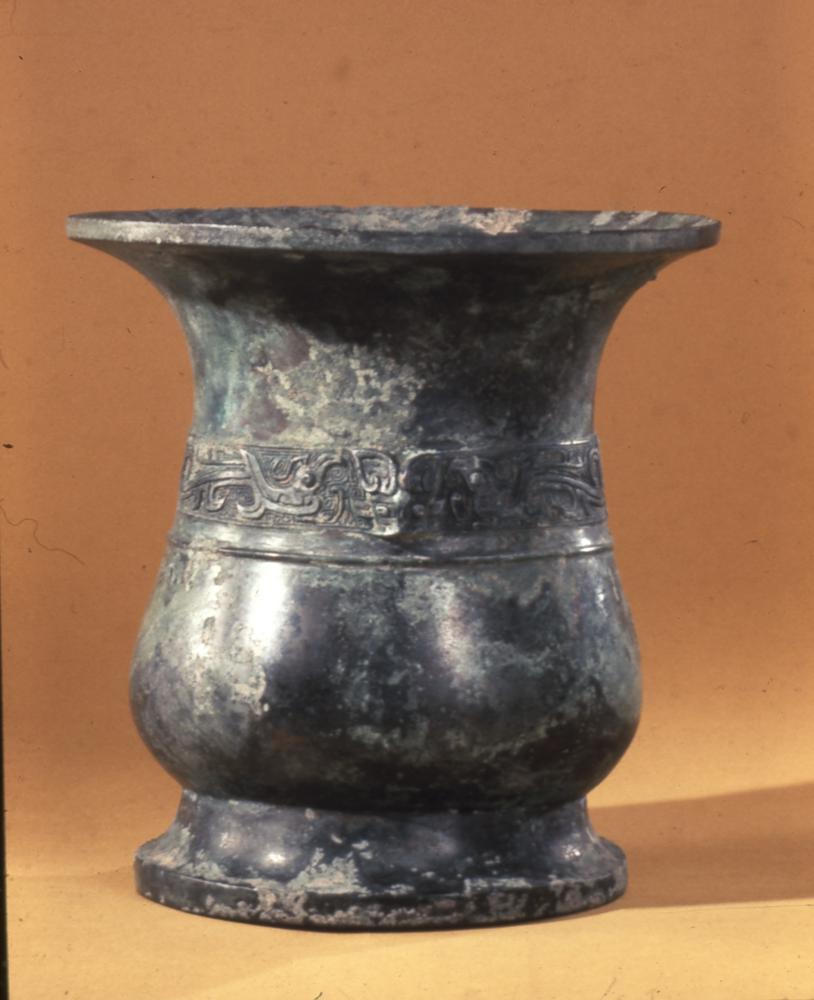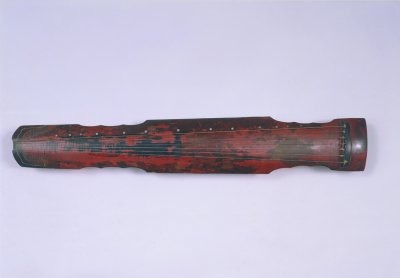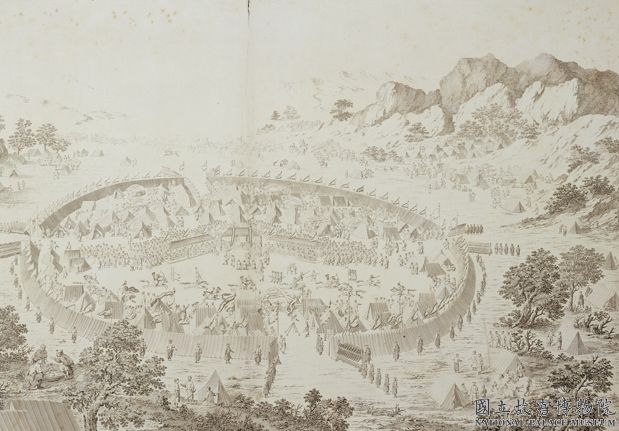[Original porcelain celadon glazed double-series pot]
Original porcelain celadon glazed double-series pot, Western Zhou Dynasty, height 13.1 cm, caliber 8.4 cm, bottom diameter 8.3 cm
The pot is closed, the belly is folded, the waist is tied, and the feet are circled. A transverse tie is placed on both sides of the shoulder. The shoulder is carved with water ripple and string pattern. The can body is painted with blue glaze. The shape of this can is like a fish basket, with small mouth and large belly to increase its volume. This is the modeling feature of primitive celadon in the early Western Zhou Dynasty
This can was unearthed in Luoyang, Henan Province
The original celadon appeared in the Shang Dynasty about 3000 years ago, and went through the Western Zhou Dynasty, the Spring and Autumn Period, the Warring States Period, and the Han Dynasty. It was the product of the transition from pottery to porcelain, and was developed from printed hard pottery. In the Western Zhou Dynasty, the production technology of the original celadon was improved, and the scope of its excavation was broader. The quantity and shape of the original celadon unearthed in the south of the Yangtze River are more and more abundant than those in the northern Yellow River basin. In the Western Zhou Dynasty, glaze had become an essential part of porcelain. It not only served as a water barrier and was conducive to cleaning, but also had the function of decorating utensils to make them beautiful. Glaze is a kind of glass body. Due to the effect of metal ions contained in it, it will produce various colors when applied to porcelain. The glaze on the original celadon is cyan, which is due to the amount of iron oxide in the glaze.
![图片[1]-Original porcelain celadon glaze double-series pot-China Archive](https://chinaarchive.net/Western Zhou dynasty/ceramics/2326.jpg)
![原始瓷青釉划花双系罐底部 图片[2]-Original porcelain celadon glaze double-series pot-China Archive](https://chinaarchive.net/Western Zhou dynasty/ceramics/25029.jpg) 原始瓷青釉划花双系罐底部
原始瓷青釉划花双系罐底部
![[Qing Dynasty] British female painter—Elizabeth Keith, using woodblock prints to record China from the late Qing Dynasty to the early Republic of China—1915-China Archive](https://chinaarchive.net/wp-content/uploads/2022/11/image-191x300.png)
